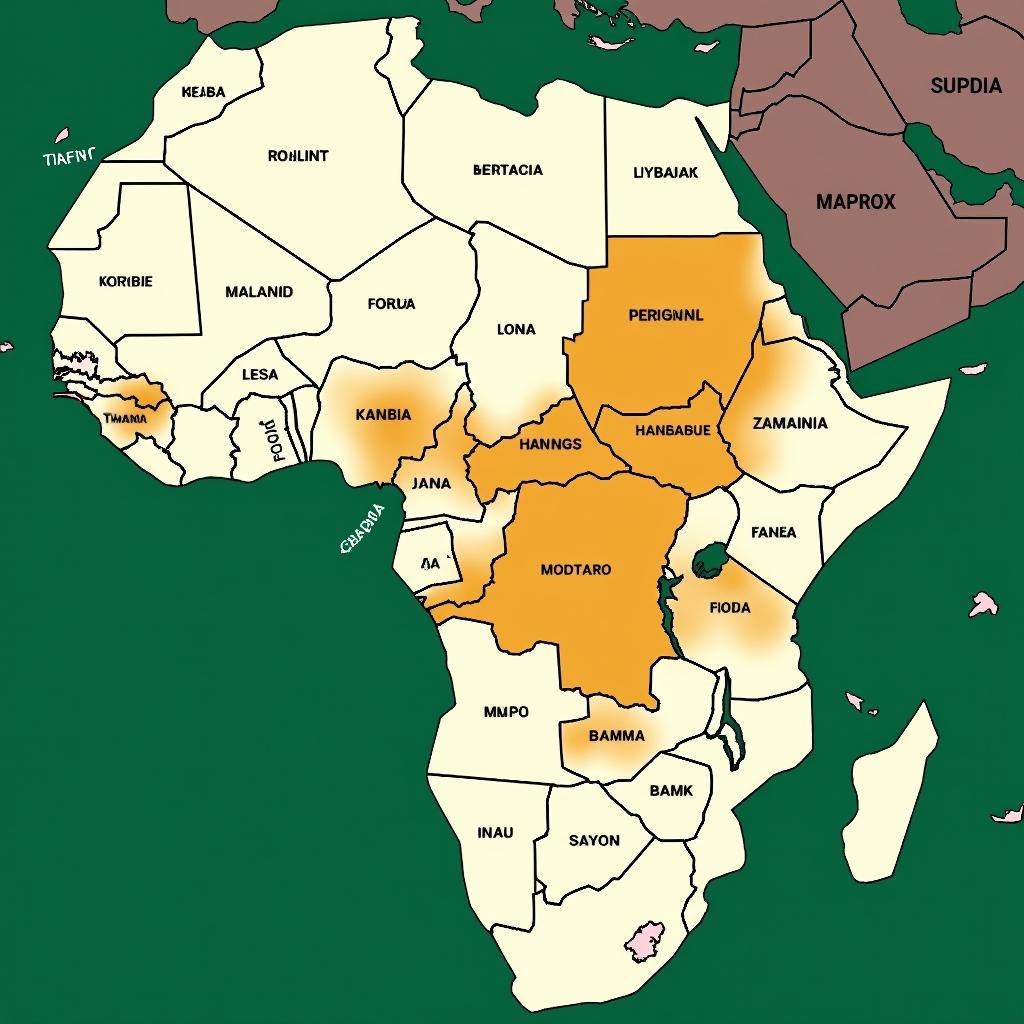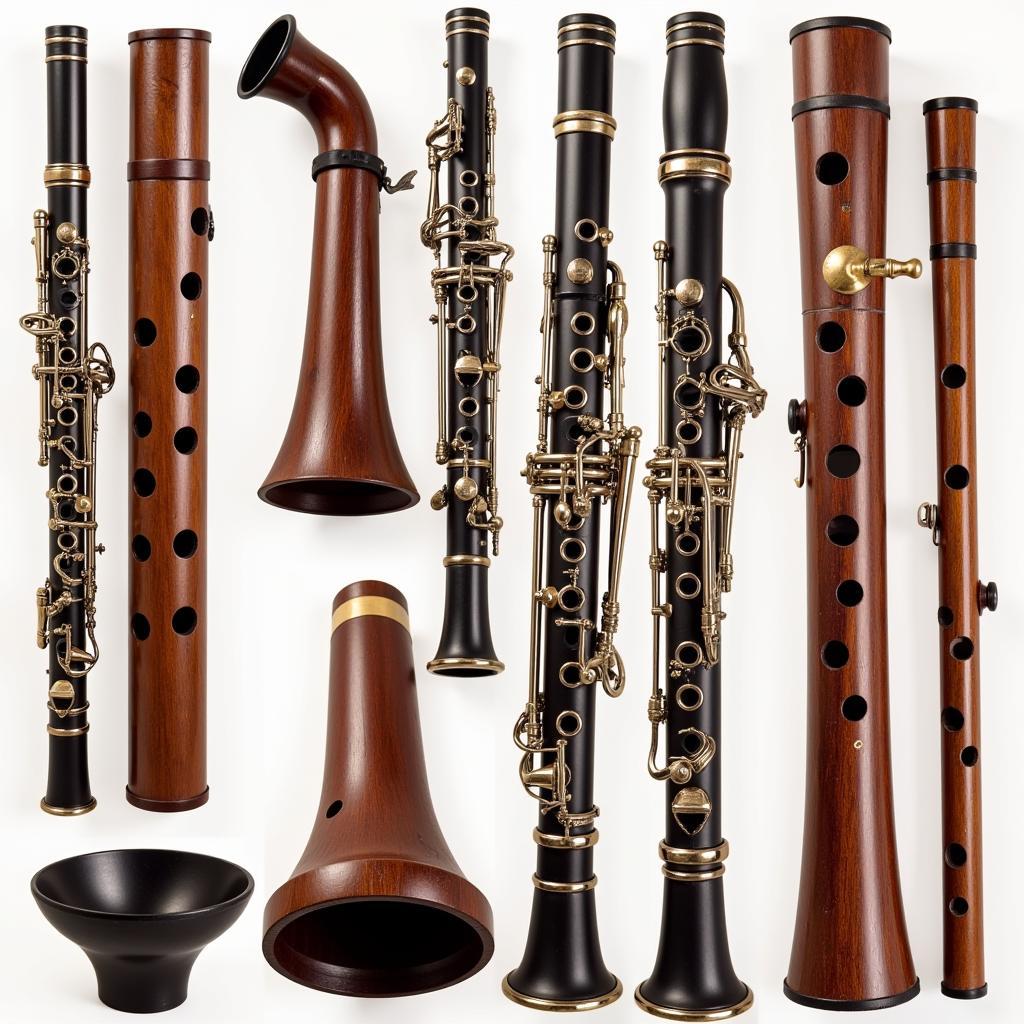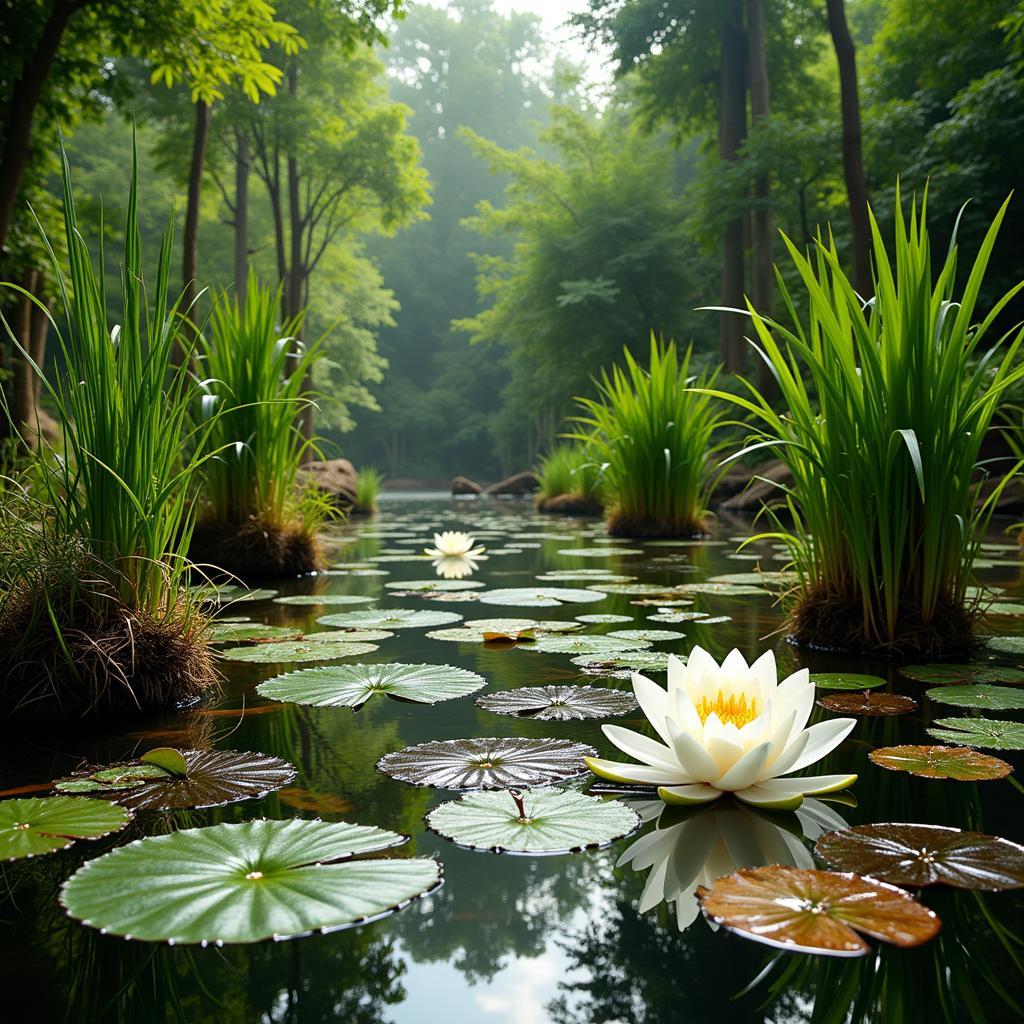African Blackwood: Which Countries is it Available?
African blackwood, also known as Dalbergia melanoxylon, is a highly prized and sought-after timber species. This dense and durable wood is renowned for its rich dark color and exceptional resonance, making it the preferred choice for crafting high-quality musical instruments, particularly clarinets, oboes, and flutes. But where exactly can you find this precious wood? This article explores the availability of African blackwood, focusing on the countries where it naturally grows and the factors influencing its distribution.
Understanding the Distribution of African Blackwood
African blackwood trees primarily thrive in the dry savannas of sub-Saharan Africa. Their natural range spans across several countries, although the density and quality of the wood vary considerably. Factors like climate, soil type, and altitude play a crucial role in determining the growth and characteristics of African blackwood. Understanding these factors helps us appreciate the challenges associated with its availability and conservation.
African Blackwood: A Country-by-Country Look
Several countries across sub-Saharan Africa are home to African blackwood. These include:
-
Tanzania: Considered a primary source of high-quality African blackwood, Tanzania has vast reserves of this precious timber. The dry savannas of central and southern Tanzania are particularly conducive to the growth of Dalbergia melanoxylon.
-
Mozambique: Neighboring Tanzania, Mozambique also possesses significant populations of African blackwood trees, especially in the northern and central regions.
-
Kenya: While not as abundant as in Tanzania and Mozambique, Kenya contributes to the global supply of African blackwood, primarily from its drier northern regions.
-
Zambia, Malawi, and Zimbabwe: These countries also harbor populations of African blackwood, albeit in smaller numbers compared to the previously mentioned countries.
It’s important to note that the availability of African blackwood is not uniform across these countries. Even within a single country, the distribution can be patchy, with some regions exhibiting higher concentrations than others.
 African Blackwood Distribution Map Across Key African Countries
African Blackwood Distribution Map Across Key African Countries
Factors Affecting Availability and Conservation
The availability of African blackwood is increasingly impacted by several factors, including:
-
Overexploitation: High demand, coupled with illegal logging, has placed immense pressure on African blackwood populations.
-
Habitat Loss: Deforestation and land conversion for agriculture and other purposes contribute to the decline of this valuable tree species.
-
Climate Change: Changing weather patterns, including prolonged droughts and unpredictable rainfall, pose a threat to the long-term survival of African blackwood.
These challenges highlight the urgent need for sustainable management practices and conservation efforts to ensure the continued availability of this valuable resource.
The Importance of Sustainable Harvesting
Sustainable harvesting practices are crucial to ensure the long-term survival of African blackwood populations. These practices include:
-
Selective Logging: Targeting mature trees while leaving younger ones to regenerate helps maintain a healthy population structure.
-
Reforestation Efforts: Planting new African blackwood trees helps replenish depleted populations and restore degraded habitats.
-
Community Involvement: Engaging local communities in conservation efforts ensures the long-term success of sustainable management practices.
“Sustainable harvesting isn’t just about protecting trees; it’s about safeguarding livelihoods and preserving cultural heritage,” says Dr. Amina Omar, a leading expert in forest ecology at the University of Dar es Salaam, Tanzania.
Where Can You Obtain African Blackwood?
Obtaining African blackwood requires careful consideration of its legal status and sourcing practices. It’s crucial to ensure that the wood is sourced from sustainable and legal operations that comply with international regulations. Reputable timber suppliers and musical instrument manufacturers are committed to ethical sourcing and can provide documentation to verify the legality and sustainability of their African blackwood.
“Consumers play a vital role in protecting African blackwood by demanding sustainably sourced products and supporting responsible businesses,” adds Dr. Joseph Mwangi, a renowned ethnobotanist from Kenya National Museums.
 African Blackwood Musical Instruments: Clarinets, Oboes, and Flutes
African Blackwood Musical Instruments: Clarinets, Oboes, and Flutes
Conclusion
African blackwood is a valuable and increasingly scarce resource found primarily in the dry savannas of Tanzania, Mozambique, and several other East African countries. Its availability is threatened by overexploitation, habitat loss, and climate change. Implementing sustainable harvesting practices and conservation efforts is crucial to ensure the continued availability of this precious wood for future generations. By understanding the challenges and supporting responsible sourcing, we can all contribute to the preservation of this unique and valuable African resource.
FAQs
-
What makes African blackwood so special? Its density, durability, and resonant qualities make it ideal for musical instrument making.
-
Is African blackwood endangered? While not yet officially listed as endangered, it is considered a vulnerable species due to overexploitation and habitat loss.
-
How can I ensure the African blackwood I purchase is sustainably sourced? Look for suppliers and manufacturers who are committed to ethical sourcing and can provide documentation to verify the legality and sustainability of their wood.
-
What are the alternatives to African blackwood for musical instruments? Some alternatives include grenadilla, cocobolo, and African rosewood, although they may not possess the same tonal qualities.
-
Are there any initiatives to protect African blackwood? Yes, various organizations and governments are working on conservation projects that focus on sustainable harvesting, reforestation, and community engagement.
-
What is the role of local communities in African blackwood conservation? Local communities play a vital role in monitoring and protecting forests, implementing sustainable harvesting practices, and participating in reforestation efforts.
-
How does climate change affect African blackwood? Changing weather patterns, such as prolonged droughts and unpredictable rainfall, can negatively impact the growth and survival of African blackwood trees.
Need assistance? Contact us 24/7: Phone: +255768904061, Email: kaka.mag@gmail.com, or visit us at Mbarali DC Mawindi, Kangaga, Tanzania.


